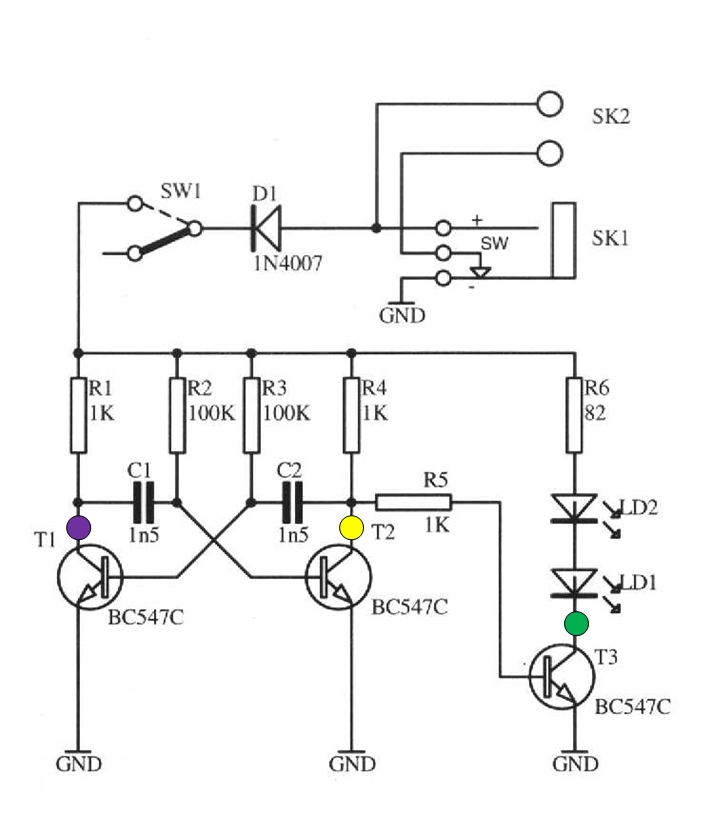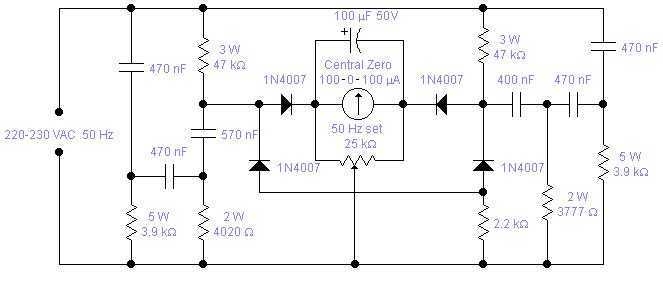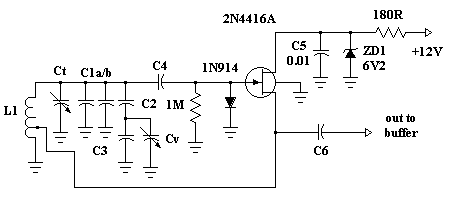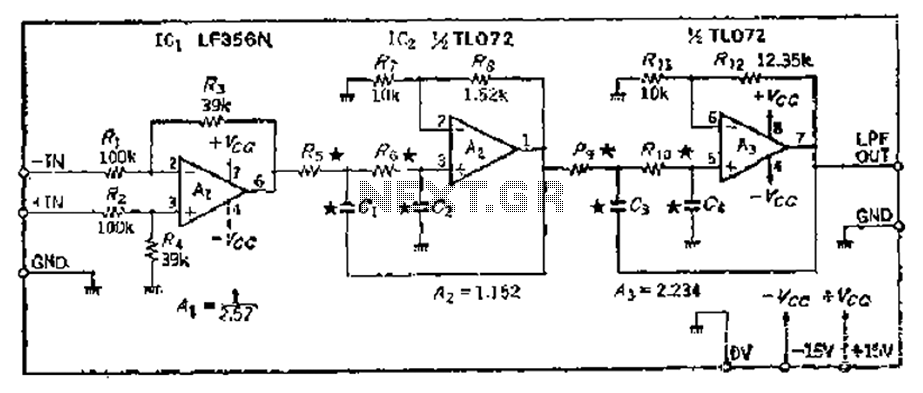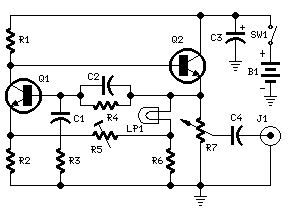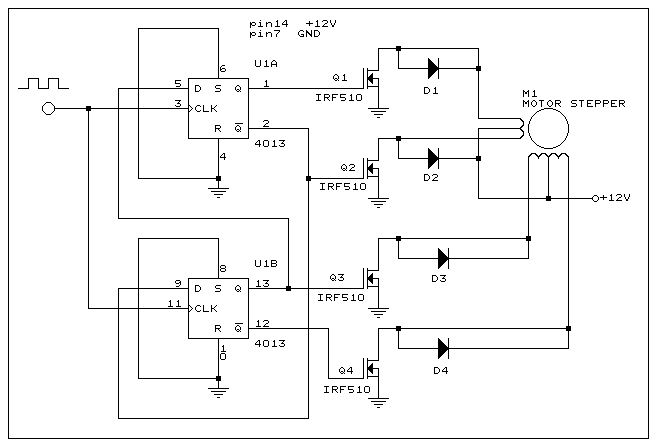
PLL Oscillator for Medium Wave Frequency
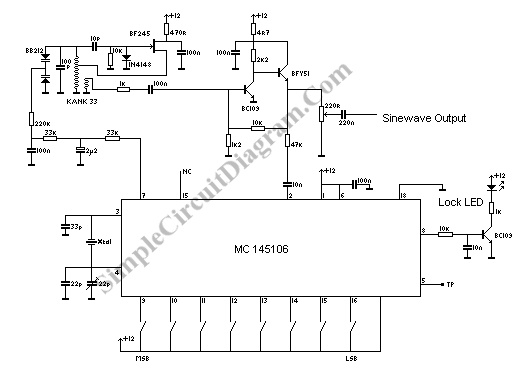
A PLL oscillator, or phase-locked loop oscillator, is a control method that compares a controlled system or plant to a reference signal.
A phase-locked loop (PLL) oscillator is a sophisticated electronic circuit designed to synchronize an output signal's phase and frequency with that of a reference signal. The primary components of a PLL include a phase detector, a low-pass filter, and a voltage-controlled oscillator (VCO).
The operation of a PLL begins with the phase detector, which compares the phase of the input reference signal to the phase of the output signal from the VCO. The phase detector generates a voltage output proportional to the phase difference between these two signals. This voltage is then fed into a low-pass filter, which smooths out the rapid variations in the signal, producing a steady control voltage that adjusts the frequency of the VCO.
The VCO generates an output signal whose frequency can be varied by the control voltage provided by the low-pass filter. As the VCO adjusts its output frequency, the phase detector continuously monitors the phase relationship between the reference signal and the VCO output. The PLL will maintain lock as long as the phase difference remains within a specified limit, effectively ensuring that the output signal remains synchronized with the reference signal.
PLLs are widely used in various applications, including radio, telecommunications, and clock generation in digital circuits. They are essential for frequency synthesis, demodulation, and data recovery, making them a fundamental building block in modern electronic systems.What is a PLL oscillator? PLL stands for phase locked loop, and this means a control method by comparation of the controlled plant or system to a reference.. 🔗 External reference
A phase-locked loop (PLL) oscillator is a sophisticated electronic circuit designed to synchronize an output signal's phase and frequency with that of a reference signal. The primary components of a PLL include a phase detector, a low-pass filter, and a voltage-controlled oscillator (VCO).
The operation of a PLL begins with the phase detector, which compares the phase of the input reference signal to the phase of the output signal from the VCO. The phase detector generates a voltage output proportional to the phase difference between these two signals. This voltage is then fed into a low-pass filter, which smooths out the rapid variations in the signal, producing a steady control voltage that adjusts the frequency of the VCO.
The VCO generates an output signal whose frequency can be varied by the control voltage provided by the low-pass filter. As the VCO adjusts its output frequency, the phase detector continuously monitors the phase relationship between the reference signal and the VCO output. The PLL will maintain lock as long as the phase difference remains within a specified limit, effectively ensuring that the output signal remains synchronized with the reference signal.
PLLs are widely used in various applications, including radio, telecommunications, and clock generation in digital circuits. They are essential for frequency synthesis, demodulation, and data recovery, making them a fundamental building block in modern electronic systems.What is a PLL oscillator? PLL stands for phase locked loop, and this means a control method by comparation of the controlled plant or system to a reference.. 🔗 External reference
